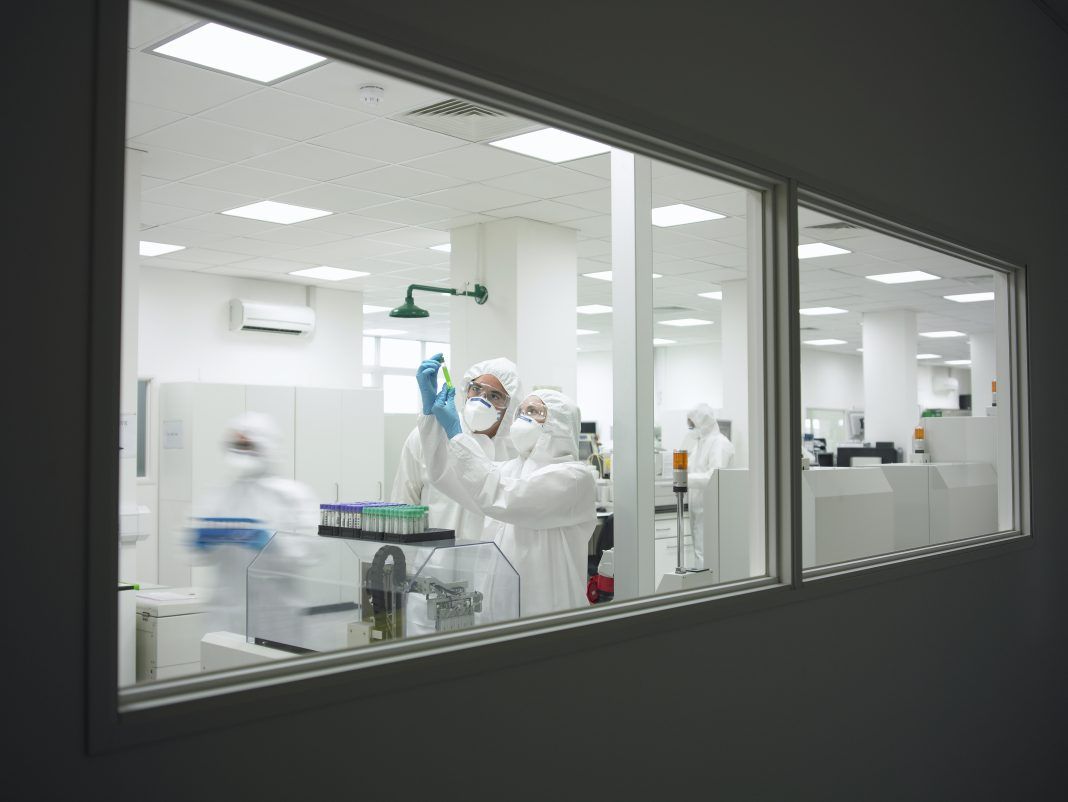High production costs are limiting patient access to cell and gene therapies, according to researchers who say optimizing manufacturing methods and increasing capacity industry-wide would help. Cell and gene therapies are expensive. Analysis by the Institute for Clinical and Economic Review (ICER) suggests the average cost of a gene therapy is between $1 million and $2 million per dose.
Similarly, while cell therapy prices differ more widely depending on the indication and the type of product, the average cost per treatment is $1 million, according to the ICER.
Production cost
Developers set prices based on a number of factors with things like level of R&D investment, predicted market demand, and likely competition are playing a part. Manufacturing cost is also a significant component, says Giulio Cossu, MD, from the division of cell matrix biology & regenerative medicine at the University of Manchester in the U.K.
“Cell and gene therapies cost much more because producing, handling, and controlling the cells or viral vectors required to make them is far more complicated than working with the chemicals used to make traditional pharmaceuticals and even biopharmaceuticals,” he notes.
Cossu and co-author Michele De Luca from the Centre for Regenerative Medicine, University of Modena in Italy, identified manufacturing costs as a challenge for the industry in a recent study.
“For traditional biopharmaceuticals, production costs are divided by thousands or millions of patients who will get the drug,” he tells GEN. In contrast, cell and gene therapies may be made for hundreds to dozens of patients. In some cases, they are produced for one patient only.”
Manufacturing economics
So, improving the economics of cell and gene therapy production is a major goal, says Cossu, with a lot of effort being focused on making processes as efficient as possible.
“Optimizing production, for example, by using bioreactors rather than tissue culture flasks is one example—although this would not work with all cells—that will help,” he continues.
But manufacturing efficiency is only part of the solution. In the study, Cossu and De Luca go further and suggest that—in the U.K.—the cell and gene therapy industry needs support to increase production capacity.
“To circumvent the bottleneck of GMP production, government-sponsored or academic GMP-grade facilities are needed,” points out Cossu. “Some of these could eventually be qualified to produce and administer cell or gene products on a regular basis upon approval, with regulatory authorities involved to minimize costs and to ensure safety.”






